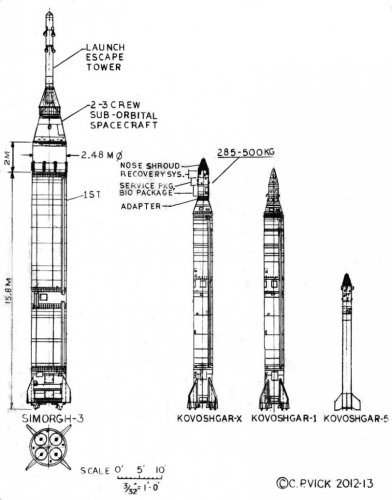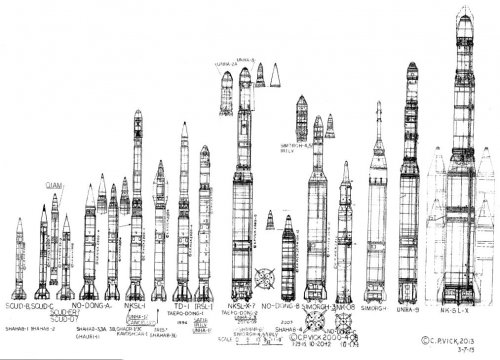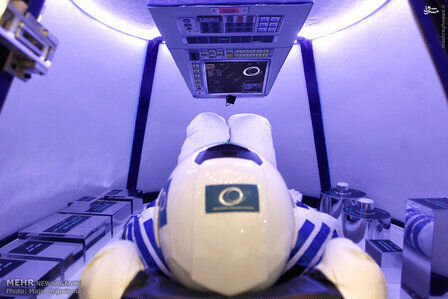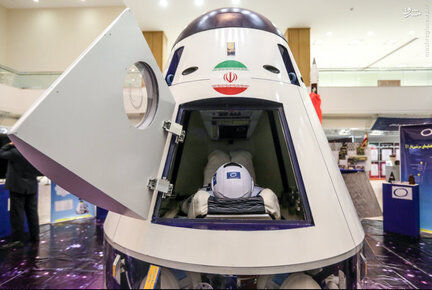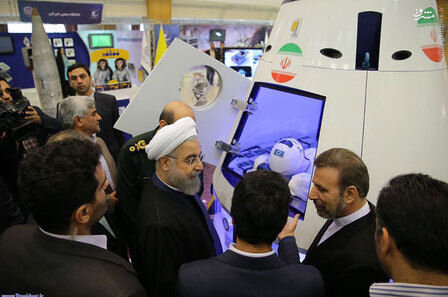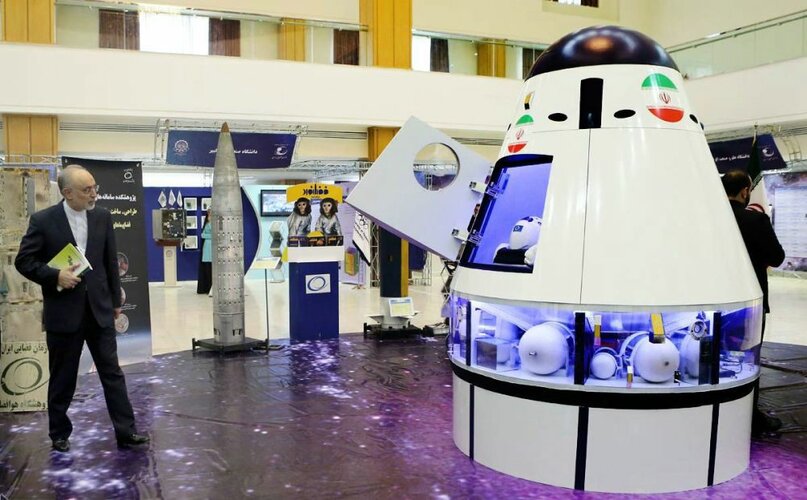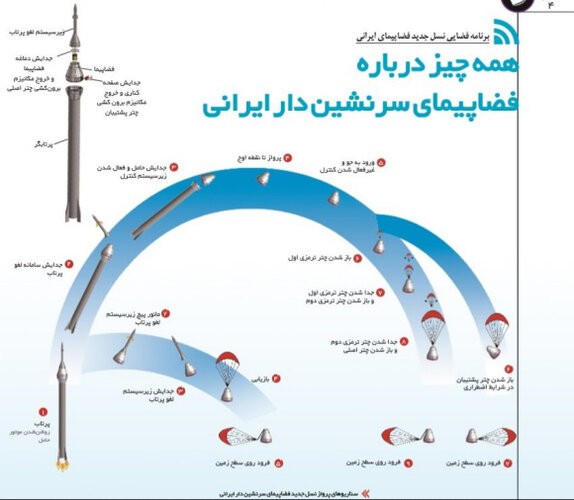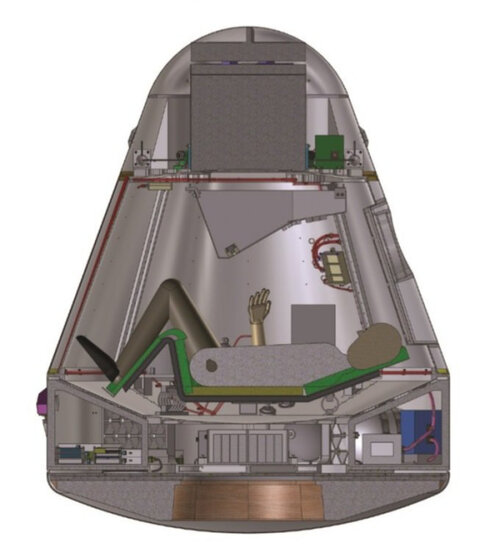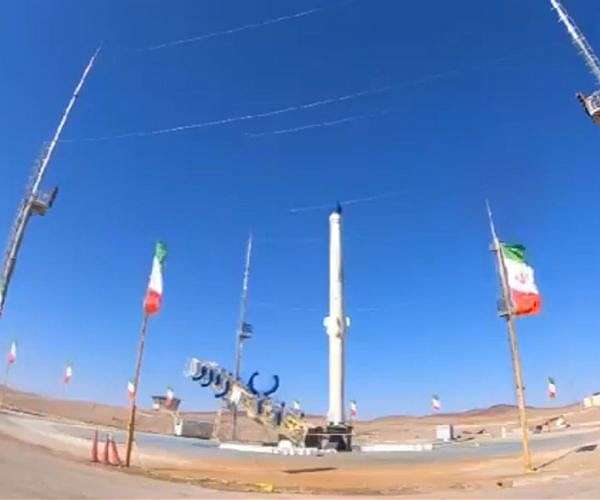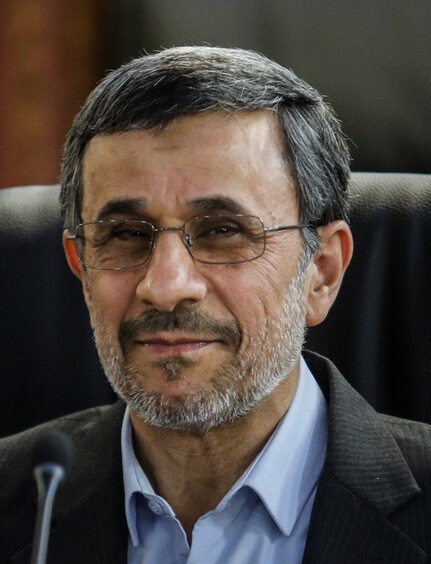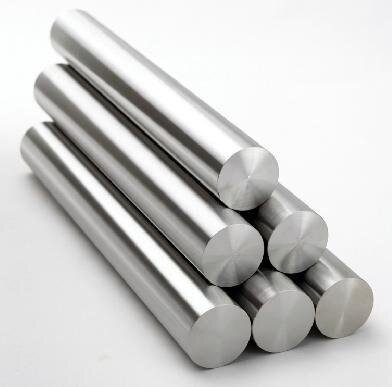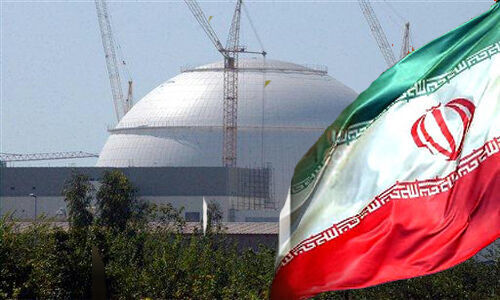- Joined
- 13 August 2007
- Messages
- 8,446
- Reaction score
- 11,004
new activity in Iran Space program
this time a Monkey on suborbital fight of 120 km up and down.

 www.bbc.co.uk
www.bbc.co.uk
now there is this news
From Aerospace Research Institute of Iran, they declare Iran has plans to send human to outer space !
that would indicate they working on bigger rockets with manned payload of 1500 kg ~ 3000 kg or simple cover story for a ICBM R&D program ?
this time a Monkey on suborbital fight of 120 km up and down.

Iran 'successfully sends monkey into space'
Iran's defence ministry announces that it has successfully launched a monkey into space.
now there is this news
From Aerospace Research Institute of Iran, they declare Iran has plans to send human to outer space !
Iran Manufacturing Hi-Tech Spacesuits
Tehran (FNA) Jan 25, 2013 - Iran's Space Agency officials announced that they have launched production of spacesuits along with their attempts to produce spacecrafts. Head of Aerospace Research Institute (ARI) of Iran Mohammad
www.space-travel.com
that would indicate they working on bigger rockets with manned payload of 1500 kg ~ 3000 kg or simple cover story for a ICBM R&D program ?

